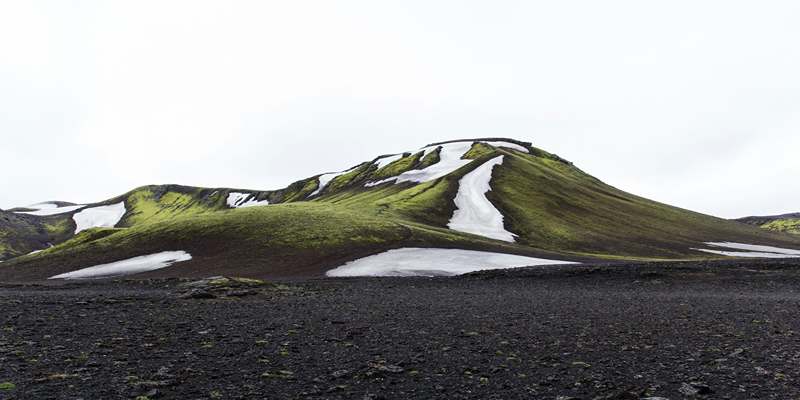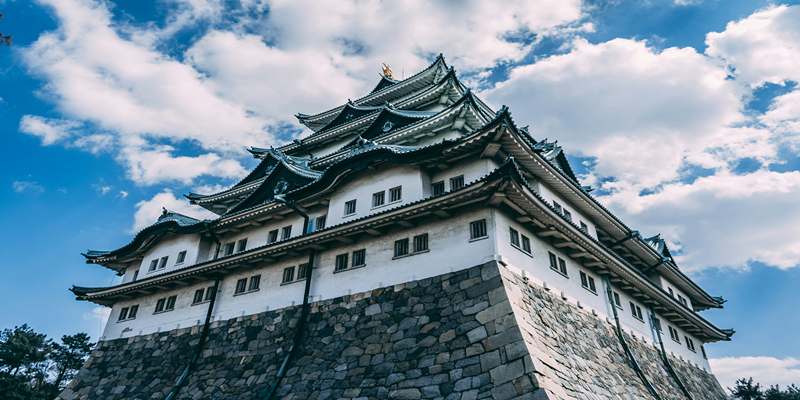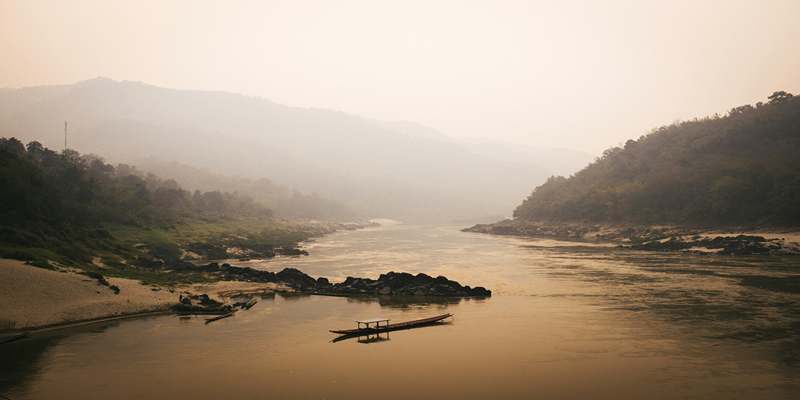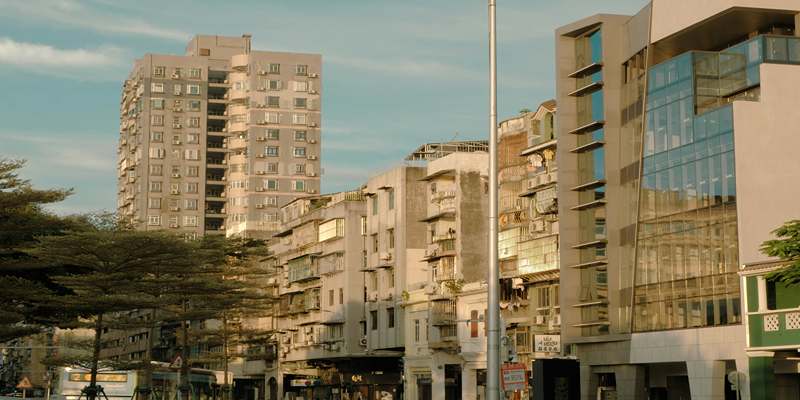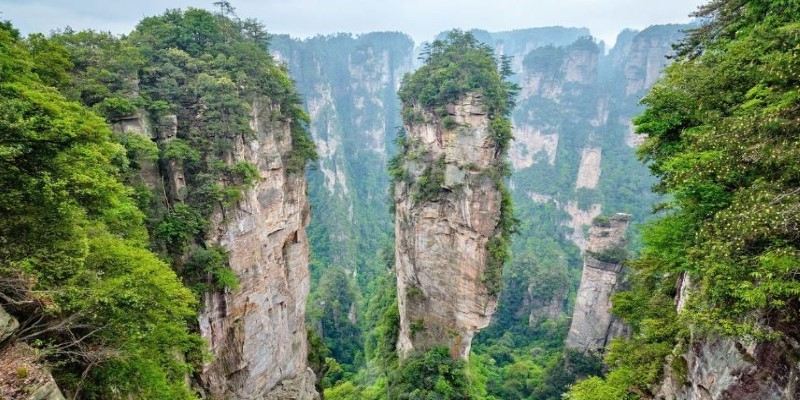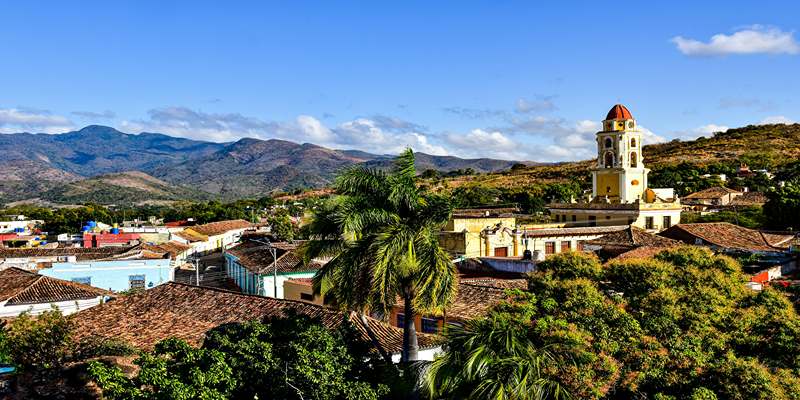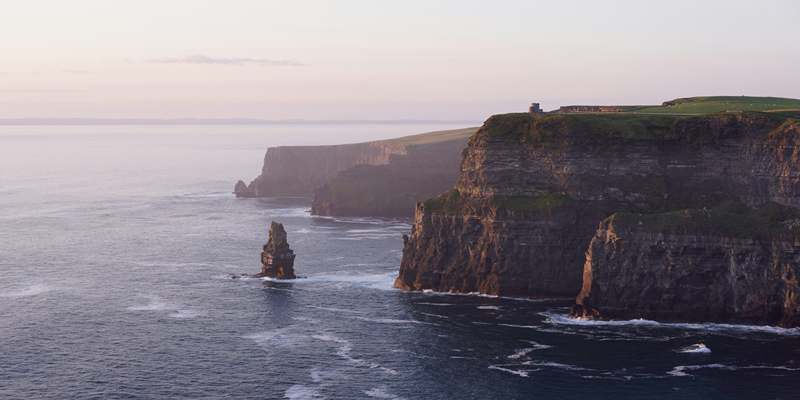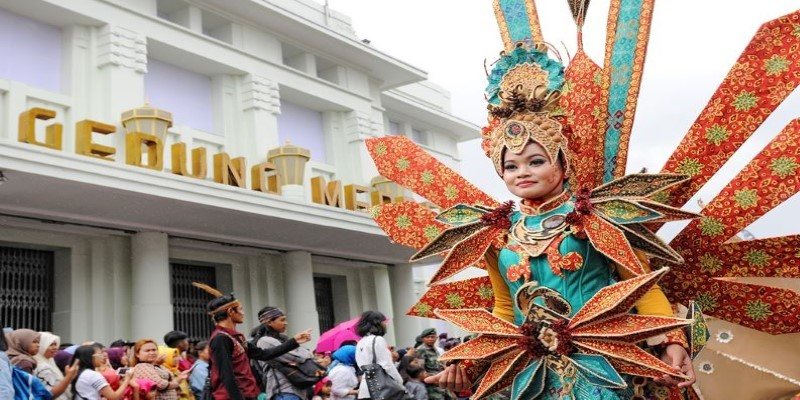Tucked away at the far northeastern edge of Afghanistan is the Wakhan Corridor, which feels as if nothing has changed there for a long time. Because the space is restricted by the Pamir and Hindu Kush mountains, this area gives travelers a unique way to enjoy nature, see nomadic lifestyles, and discover untouched mountains and wildlife. Since travelers do not come in large numbers, the Wakhan Corridor is still as remote as any travel site on the planet. If you plan to hike through the Wakhan Corridor and explore some of the oldest civilizations in Afghanistan, this travel guide will show you how to plan your visit safely and with lots of interesting extra details.
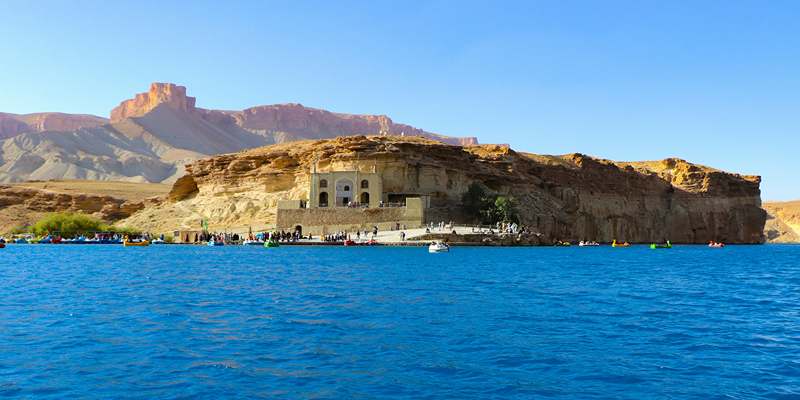
Why Visit the Wakhan Corridor
Unique Geography and Remote Beauty
You can find no geography on earth that is quite like the Wakhan Corridor. The river moves along 200 miles and separates the high Pamirs from the impressive Hindu Kush mountains. Alpine meadows, icy rivers, and tough trails through high-altitude valleys cover much of the area. Because of how far and remote it is, the region seems untouched by recent developments. The few roads found in the mountains tend to leave most hikers and explorers walking or using pack animals. Anyone who appreciates nature, geography, or wild, untainted landscapes has one final frontier here in this corridor.
A Window into Traditional Afghan Life
The Wakhan Corridor is where the Wakhi and Kyrgyz people mostly live. For a long time, these groups have continued living like this, herding animals and settling in either stone or felt yurts. Getting to this region teaches visitors about cultures and customs very different from others. Staying in a homestay allows guests to understand true hospitality, explore community farming and handicrafts, and witness cultural events that have grown over the years. In comparison to other popular places, the cultural mixing you find in Wakhan is true and touching. Having this attitude during your travels will make the trip more valuable, as you get to know the people and share experiences.
Adventure and Solitude for Explorers
For trekkers and seasoned explorers, the Wakhan Corridor offers both physical challenge and spiritual reward. Trails lead to sweeping passes over 4,000 meters high, past glacier-fed rivers and deep into valleys unmarked on most maps. Campsites are often surrounded by total silence, broken only by wind or wildlife. Without large tour groups or crowded paths, the experience feels deeply personal. It's a true wilderness adventure for those looking to escape the rush of modern tourism. The combination of high-altitude trekking and solitude makes visiting Wakhan not just a journey through land—but also through inner reflection.
Practical Afghanistan Travel Guide Tips
Best Time to Visit Wakhan
The ideal time to visit Wakhan is from June through September, when the snow has melted from the mountain passes and the valleys come alive with greenery. During this period, temperatures are more comfortable, and access routes are less treacherous. Winter visits are nearly impossible due to heavy snow and extreme cold, making the region inaccessible. Summer brings clearer skies, which are perfect for hiking and photography. It’s important to note that even in peak season, nights can be cold due to elevation. Proper timing is essential to make the most of your experience and ensure safe passage through remote areas.
Permits, Transportation, and Local Guides
Before entering the Wakhan Corridor, travelers must obtain several permits, including a visa for Afghanistan and specific documentation for travel within the corridor itself. These can usually be arranged in Kabul or via consular services abroad. Due to rugged terrain and lack of public transport, reaching the region typically involves a flight to Fayzabad or a drive from Ishkashim. Hiring a local guide is highly recommended—not only for safety and logistics but also for cultural interpretation and navigating unmarked trails. Guides often have deep roots in the community, offering a valuable bridge between visitors and the local population.
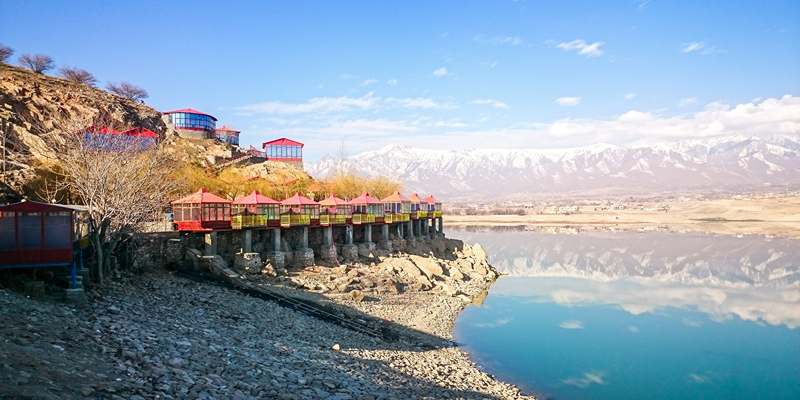
What to Pack for the Journey
Packing appropriately for the Wakhan Corridor is crucial, given its remoteness and lack of modern amenities. Travelers should bring sturdy hiking boots, layered clothing for changing temperatures, and gear for high-altitude trekking. Tents and sleeping bags rated for cold nights are essential, as accommodations are limited. A water filtration system and non-perishable food items can be lifesaving in isolated areas. Solar chargers, headlamps, and a basic medical kit should also be included. While locals are hospitable, self-sufficiency is vital. Preparing carefully ensures not only personal safety and comfort, but also shows respect for the environment and culture you’re visiting.
Places to See in the Wakhan Corridor
Wakhi and Kyrgyz Villages
Scattered along the corridor are humble Wakhi and Kyrgyz settlements, where time seems to have stood still. In these villages, homes are built from mud or stone, yurt tents dot the plains, and livestock graze in nearby pastures. Visitors often find themselves welcomed with tea, stories, and handmade bread. These communities offer a rare look into sustainable living in one of the world’s harshest environments. The interactions are intimate and sincere, revealing the resilience and kindness of people who thrive in isolation. It’s in these villages that travelers truly connect with the human spirit of the Wakhan Corridor.
High Mountain Passes and Valleys
Trekking through the Wakhan Corridor unveils a landscape carved by glaciers and shaped by time. The Daliz Pass, among others, challenges hikers with its steep elevation and rewards them with panoramic views of snow-clad peaks. Each valley reveals a different facet of the region—some lush with seasonal grass, others stark and silent. The terrain changes rapidly, keeping each day’s journey fresh and inspiring. Wildlife sightings, ancient petroglyphs, and ever-changing light across the cliffs make these routes not just scenic but spiritual. These high passes are highlights of any Wakhan adventure, offering beauty that transcends physical effort.
Wildlife, Rivers, and Glaciers
Though remote, the Wakhan Corridor is teeming with natural life. Snow leopards, ibex, Marco Polo sheep, and golden eagles inhabit these highlands, though they’re rarely seen by human eyes. More frequently spotted are marmots, yaks, and herding dogs roaming alongside their owners. Glacial rivers slice through the valleys, providing both water and dramatic beauty. Hikers often pass alongside icy torrents, frozen waterfalls, and clear alpine lakes. Glaciers such as those near the Big Pamir are among the region’s most stunning features. Observing these wonders firsthand underscores the ecological richness of the corridor and deepens one’s appreciation for wild, untouched terrain.
Conclusion
The Wakhan Corridor remains one of the few places on earth where true adventure meets authentic culture. Its pristine environment, rich traditions, and challenging terrain offer a rare opportunity for travelers who seek meaning beyond mainstream tourism. With careful planning, a spirit of respect, and an open heart, a journey here will reward you with unforgettable landscapes and connections. As this Afghanistan travel guide has shown, to visit Wakhan is to witness resilience—of both people and place. It’s not just a destination, but an experience that transforms those who make the journey.

